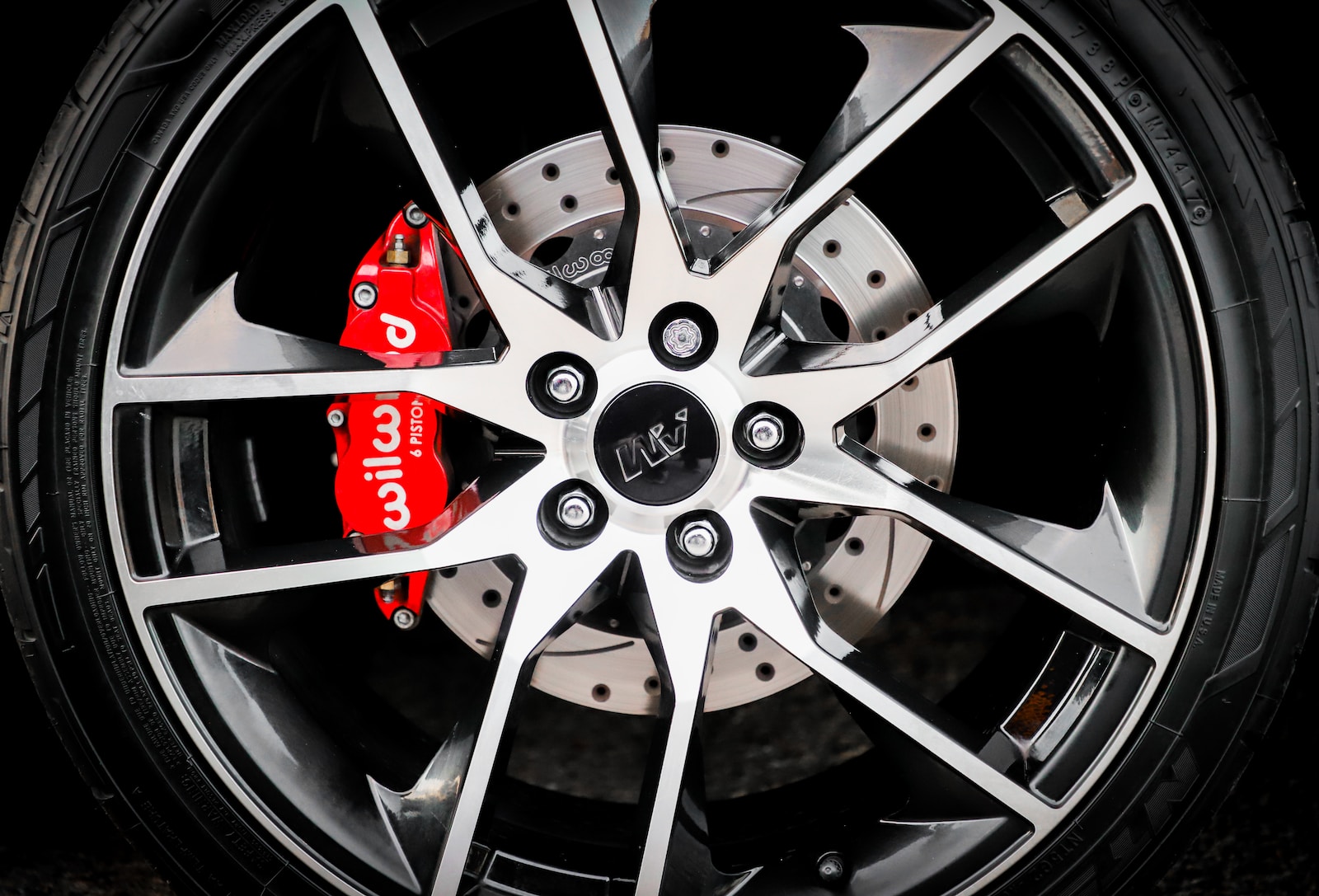Key Takeaway
Regenerative braking is a groundbreaking technology that allows electric vehicles to recover energy that would otherwise be wasted during braking. When the battery is full, the regenerative braking system adjusts its operation to avoid overcharging the battery, relying solely on friction brakes. The excess energy generated during deceleration can be utilized for various purposes, such as powering auxiliary systems or feeding electricity back into the grid. Safety considerations are essential, and future developments aim to optimize regenerative braking performance in all conditions. With regenerative braking, electric vehicles offer increased energy efficiency, extended battery range, and reduced wear on braking systems, contributing to a more sustainable and enjoyable driving experience.
Regenerative braking is a technology that enables electric vehicles to recharge their batteries while decelerating or coming to a stop. Unlike traditional vehicles that rely on friction brakes to slow down and convert kinetic energy into heat, EVs use regenerative braking to convert the vehicle’s kinetic energy into electrical energy. This electrical energy is then stored in the battery for later use.
The regenerative braking system in electric vehicles works by utilizing an electric motor that can function as both a motor and a generator. When the driver applies the brakes, the electric motor switches from its role as a motor to a generator, capturing the kinetic energy generated during deceleration and converting it into electrical energy. This energy is then sent back to the battery, effectively recharging it.
Benefits of Regenerative Braking
Regenerative braking offers several advantages for electric vehicles:
- Increased Energy Efficiency: By harnessing the energy that would otherwise be lost as heat during traditional braking, regenerative braking significantly improves the overall energy efficiency of electric vehicles. This means that EVs can travel longer distances on a single charge, reducing the need for frequent recharging.
- Extended Battery Range: The additional energy obtained through regenerative braking can increase the overall range of an electric vehicle. This is particularly beneficial for drivers who rely on their vehicles for longer commutes or road trips.
- Reduced Wear on Braking Systems: Regenerative braking reduces the reliance on friction brakes, which leads to less wear and tear on the traditional braking system. As a result, EV owners may experience lower maintenance costs and longer brake pad life.
Operation When the Battery is Full
When an electric vehicle’s battery reaches full capacity, the regenerative braking system adjusts its operation to prevent overcharging the battery. This adjustment is necessary to maintain the battery’s health and prolong its overall lifespan.
Typically, when the battery is full, the regenerative braking system may reduce its level of intensity or even disable regenerative braking altogether. Instead, the vehicle relies solely on its friction brakes to slow down and come to a stop. This ensures that the battery does not become overcharged, which could potentially lead to performance issues or reduced battery life.
Alternative Uses of Excess Energy
When the battery is at full capacity and regenerative braking is disabled, the excess energy generated during deceleration can still be put to good use. One possible application is diverting the excess energy to power auxiliary systems within the vehicle, such as air conditioning or heating. This allows the vehicle to utilize the energy that would otherwise be wasted, improving overall energy efficiency.
Another potential use for excess energy is to redirect it to external devices or power grids. In a concept known as vehicle-to-grid (V2G) technology, EVs can serve as temporary energy storage units and feed electricity back into the grid during peak demand periods. This not only helps stabilize the electrical grid but also allows EV owners to potentially earn revenue by selling their excess energy.
Safety Considerations
While regenerative braking offers numerous benefits, it’s essential to consider safety considerations when the battery is full. One potential concern is the reduced braking power when regenerative braking is disabled. Friction brakes alone may not provide the same level of deceleration as a combination of regenerative and friction braking, especially during emergency stops. EV manufacturers address this concern by ensuring that the friction braking system is designed to handle the vehicle’s weight and speed effectively.
Additionally, it’s important for drivers to be aware of the limitations of regenerative braking when the battery is full. They should adjust their driving habits accordingly, leaving more space between their vehicle and the one in front to compensate for potential differences in braking distance.
Future Developments
As electric vehicle technology continues to evolve, researchers and engineers are constantly working on advancements in regenerative braking systems. One area of focus is optimizing regenerative braking operation even when the battery is full. This includes improving the coordination between friction braking and regenerative braking to maximize energy recapture without compromising safety.
Moreover, ongoing research aims to enhance the overall efficiency of regenerative braking by exploring novel materials and designs for electric motors and generators. These advancements could potentially lead to even greater energy recovery and improved performance in electric vehicles.



